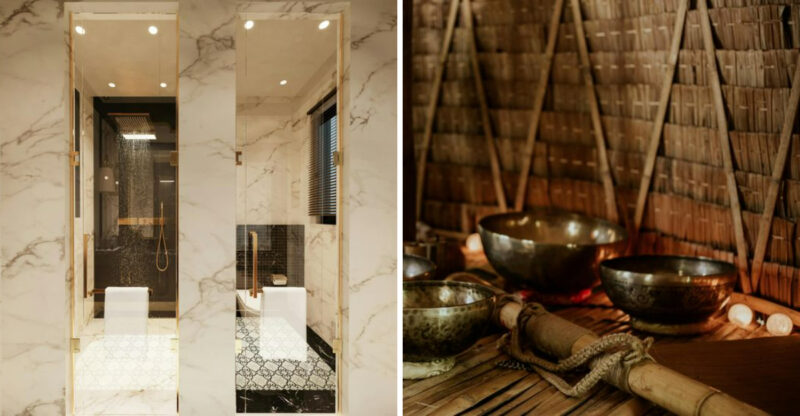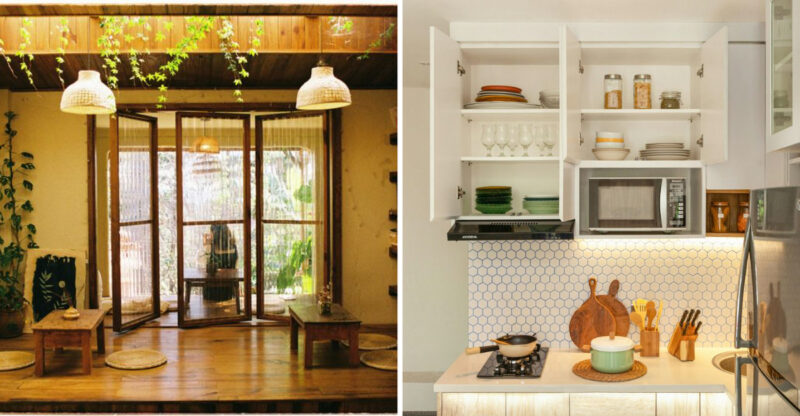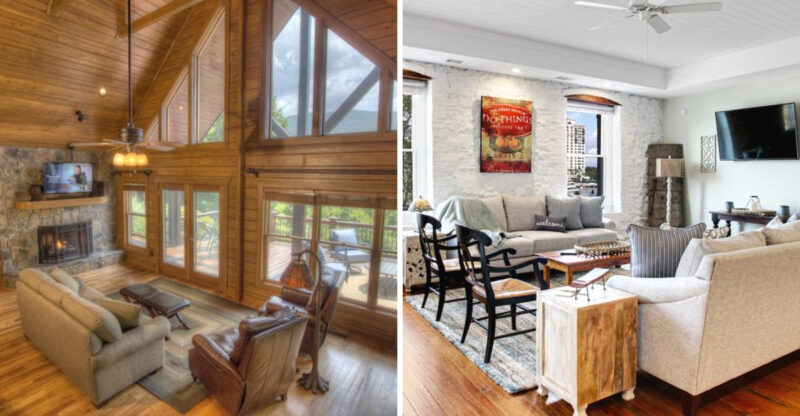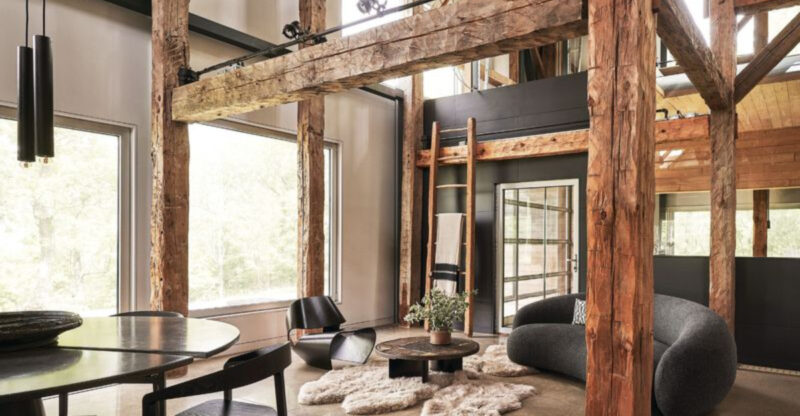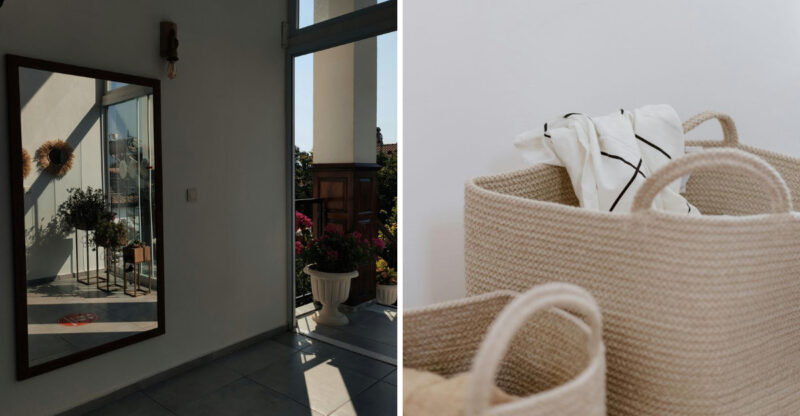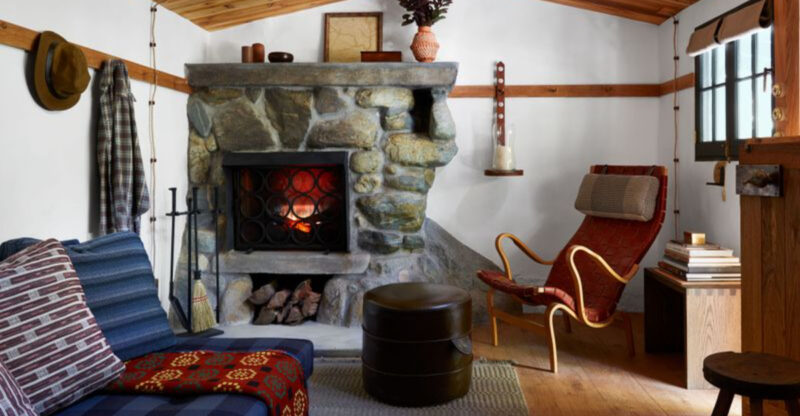11 Common Design Choices That Can Shrink Your Small Living Room
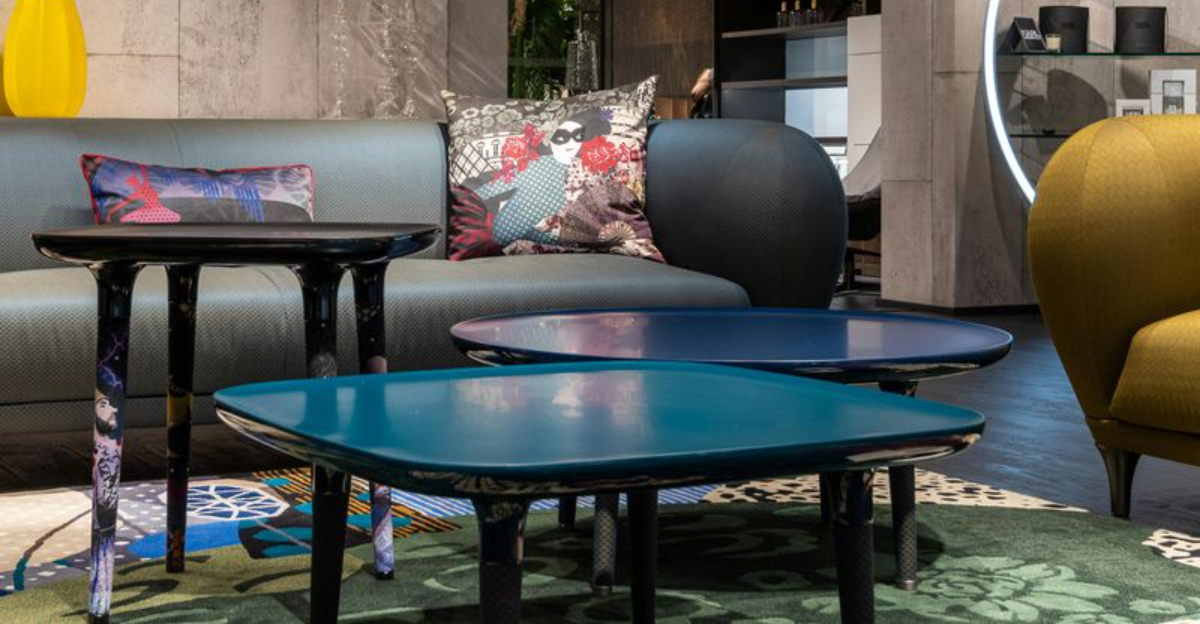
Making the most of a small living room can be tricky, especially when certain design choices unknowingly make your space feel even tinier.
Many homeowners accidentally shrink their living areas with furniture, colors, and layouts that fight against limited square footage. Understanding these common design pitfalls can help you create a living room that feels spacious and welcoming, no matter its actual size.
Every home is unique, so feel free to adapt these tips to what works best for your space.
1. Oversized Furniture Overwhelms
That massive sectional sofa might be comfy, but it’s eating up all your precious floor space. Bulky furniture creates visual weight that makes rooms feel cramped and difficult to navigate.
Opt for streamlined pieces with exposed legs instead. This creates visual breathing room underneath furniture, allowing your eye to perceive more space. Scale matters tremendously in small rooms!
2. Dark Wall Colors Close In
Navy blue might be trendy, but those deep, dark colors absorb light rather than reflect it. Without proper lighting, dark walls can make your room feel like a cave rather than a cozy retreat.
Lighter colors bounce natural light around, creating an airy feeling that expands visual space. If you crave color, consider using darker shades as accents rather than covering entire walls.
3. Cluttered Surfaces Everywhere
Trinkets, photo frames, and decorative items covering every surface create visual chaos. Your brain processes each object individually, making the room feel busy and constricted.
Embrace the “less is more” philosophy by selecting just a few meaningful pieces to display. Rotating decorative items seasonally gives you variety without permanent clutter. Remember that negative space is actually positive in small rooms!
4. Heavy Window Treatments Block Light
Thick, dark curtains might block out light effectively, but they also visually chop up your space. Heavy drapes that puddle on the floor consume valuable square footage both physically and visually.
Light-filtering options like sheer panels or simple blinds maintain privacy while allowing natural light to flow through. Hanging curtains closer to the ceiling rather than the window frame creates an illusion of height and spaciousness.
5. Too Many Patterns Compete
Mixing florals, geometrics, and stripes might showcase your design enthusiasm, but visual competition creates chaos. Multiple bold patterns force your eye to jump around rather than flow smoothly through the space.
Limit yourself to one or two statement patterns, complemented by solids in coordinating colors. If you love patterns, consider varying the scale-combine one large pattern with a smaller, more subtle one for balance.
6. Area Rugs That Don’t Fit
Tiny area rugs floating in space create visual choppiness, essentially highlighting how small the room actually is. A postage-stamp rug under just the coffee table fragments the floor plane into disjointed sections.
Choose a rug large enough for at least the front legs of all seating to rest on it. This unifies the conversation area and creates a sense of expansiveness. The right-sized rug anchors furniture while visually expanding the floor.
7. Low Ceiling Lighting Fixtures
Pendant lights or chandeliers that hang too low create a visual barrier that compresses your space. When you can’t see past a light fixture, your brain registers the ceiling as being lower than it actually is.
Recessed lighting or flush-mount fixtures maintain headroom while providing necessary illumination. If you love decorative lighting, choose fixtures with open, airy designs that allow the eye to travel through them rather than stopping at them.
8. Too Many Small Furniture Pieces
Filling your room with numerous small tables, chairs, and accent pieces creates a fragmented, cluttered look. Multiple small items actually consume more visual space than fewer, properly scaled pieces.
Select multi-functional furniture instead-ottomans with storage, nesting tables, or extendable surfaces. One medium-sized sofa often works better than two small loveseats. Quality trumps quantity in tight quarters!
9. Mismatched Furniture Creates Visual Noise
Random furniture pieces collected over time create visual dissonance that makes a space feel chaotic and smaller. When nothing coordinates, your eye doesn’t know where to rest.
Aim for cohesion through color, style, or era even if pieces aren’t from a matching set. A consistent element-like wood tone or fabric color-helps unify disparate pieces. Editing is your friend in small spaces!
10. Excessive Throw Pillows Consume Space
Decorative pillows add comfort but can quickly overtake seating. When pillows occupy more sofa space than people can, functionality suffers along with visual space.
Limit yourself to 2-3 pillows per sofa, choosing quality over quantity. Avoid overstuffed options that project too far into the room. Remember that each decorative element should earn its place in a small room!
11. Ignoring Vertical Space Opportunities
Focusing solely on floor-level furniture wastes valuable vertical real estate. When all visual interest stays below eye level, the upper portions of your room remain unutilized.
Draw the eye upward with tall, narrow bookcases, wall-mounted shelving, or artwork placed higher on walls. Vertical stripes or patterns can visually stretch walls. Remember that small rooms need to expand in all three dimensions!

